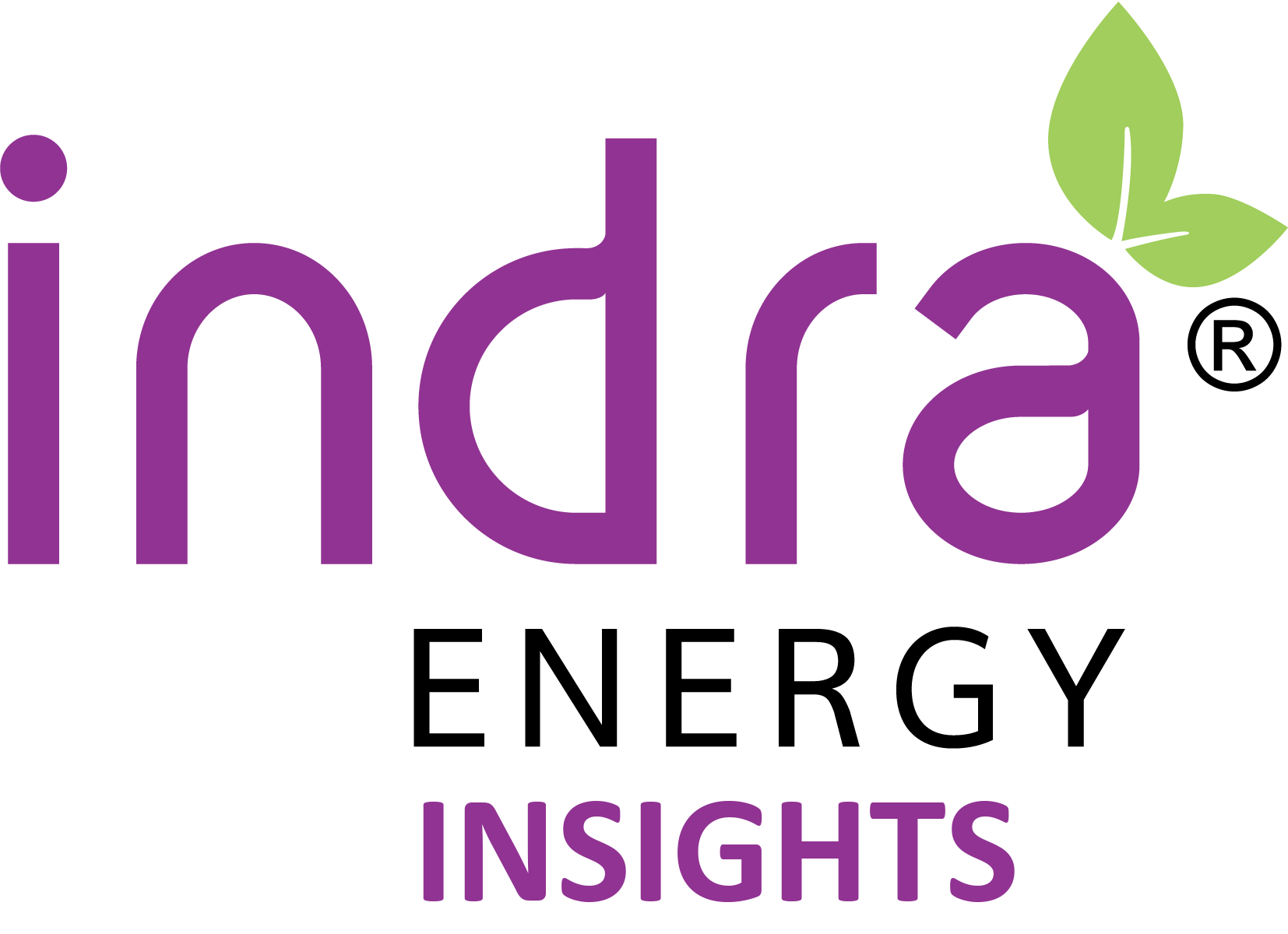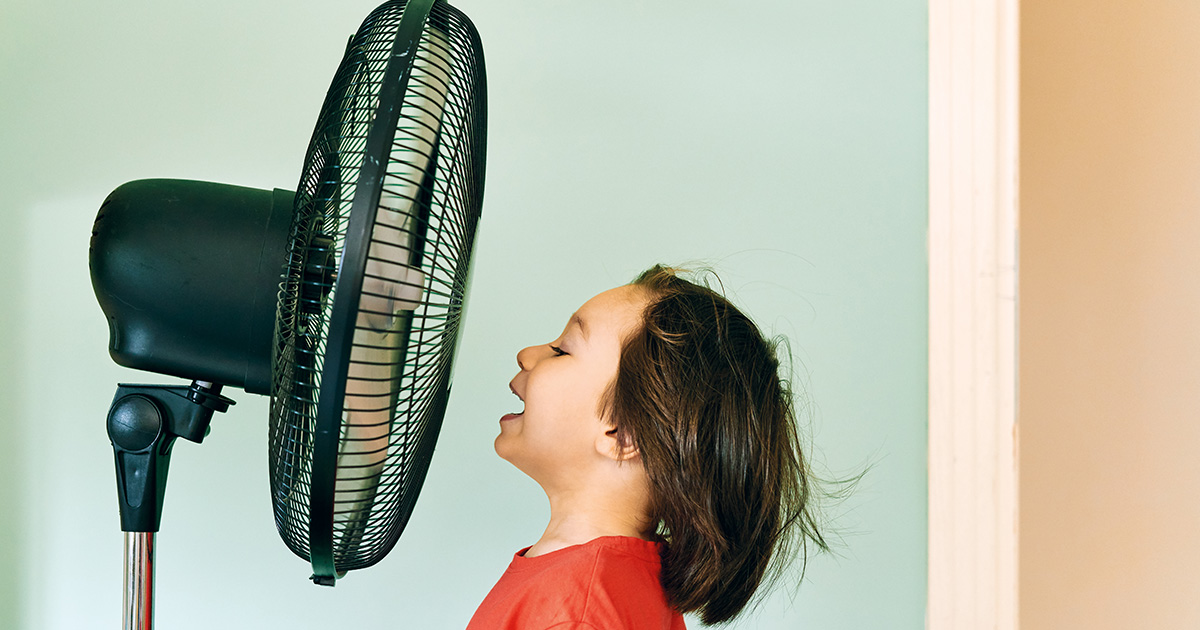During the summer months, you may notice that the upper level of your home is warmer than the lower level. While you may infer that the upper level is warmer because heat rises, there could be other causes or contributing factors to the difference in temperature. Here are some tips to ensure that all areas of your home are comfortable and maintained efficiently year-round!
1) Regularly Replace Air Filters
If you have an HVAC system, it’s important to maintain it regularly so it can operate at its peak performance. An easy and cost-effective way to do this is by regularly replacing the air filters. When you replace the air filters, it is easier for the system to regulate the temperature in your home and help prevent a hot upper level.
2) Check & Insulate Ductwork in Your Home
Another HVAC maintenance task that will also help with temperature regulation is checking your ductwork on a regular basis. By ensuring there are no dust or debris blockages, air can flow freely to its destination. You should also make sure that your ducts are properly insulated and leak-free. By insulating your ductwork, the heated or cooled air will stay heated or cooled as it travels throughout the system to its final destination. As you can imagine, if your system generated cool air intended for your home’s upper level, but the ducts were not insulated, the air can heat along its way to the upper level. This makes it much more difficult to control and regulate your home’s temperature on the second level.
3) Utilize Zone Controlled HVAC Systems
If you have a single control for your HVAC system, you can consider investing in zone controls – which can be added to your current system. Zone controls will allow you to have different controls for your upper and lower home levels. So, for example, if you find that the upstairs is warmer in the summertime, you can adjust the temperature to compensate for it without impacting the lower level.
4) Consider Upgrading Your Furnace or AC Unit
If you have an older HVAC system, it may be generating a lot of inefficiencies and struggling to maintain your home’s proper temperature. If this is the case, it’s a good idea to consider investing in a new system. Today’s newest models achieve the same temperature regulating results using much less energy than older models. When choosing a new unit, ensure it is correctly sized for your home. While smaller units cost less, an undersized unit will have to work much harder to regulate your home, which will likely be more expensive in the long run.
5) Check Attic Insulation
A properly insulated attic helps maintain your home’s temperature by preventing your home’s conditioned air from escaping and unconditioned air from seeping in. In other words, the insulation helps keep warm air in during the winter months and helps retain cool air during those hot summer months. If you don’t have adequate insulation in your attic, you should consider investing in it to ensure temperature control and energy efficiency.
6) Check for Air Leaks
Another reason your upstairs could be warmer in the summer is if you have air leaks around your doors and windows. If they are not properly sealed, conditioned air could slip out, and the hot summer air can seep in. If you find any air leaks, you can utilize caulk, door seals, or weatherstripping to fix it.
7) Have Ceiling Fans? Use Them!
If you have ceiling fans in your home, they are an easy way to help move air in your home and better regulate the temperature. Ceiling fans can bring hot air down from the ceiling while raising cool air up from the floor. Well-placed ceiling fans can also circulate cooler air from your first floor up to the second level of your home.
8) Reduce Heat Upstairs
You may be unknowingly creating extra heat on the upper level of your home with certain types of lighting, appliances, and even home decor. For example, using incandescent bulbs emit 90% of the energy they consume as heat (instead of light), adding heat to already warm rooms. They can be fixed by swapping out incandescent lights with LED light bulbs instead.
Appliances such as computers or hair dryers also emit heat when used, so try to use them on the lower level of your home if possible.
If you have windows on your upper level that receive direct sunlight, it’s a good idea to install blinds or light-blocking curtains to reduce solar heat that makes its way into your home.
So, the next time you walk upstairs in your home and find that the temperature is noticeably warmer, consider a few of the above tips to help keep you cool this summer!
Looking to learn more about Indra Energy’s 100% renewable electricity plans or carbon off natural gas plans? Contact us today.















